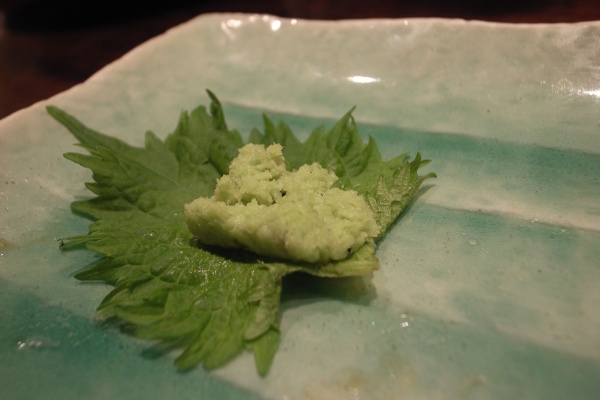Facts About Shiso
Perilla frutescens var. crispa, commonly known as shiso in Japan, is a versatile herb belonging to the mint family. Originating from the mountainous regions of China and India, shiso has since spread worldwide. This herb comes in various forms, distinguished by leaf characteristics such as red, green, bicolor, and ruffled varieties. It plays a significant role in East and Southeast Asian cuisines and is known by different names in various languages: zǐsū in Chinese, huíhuísū in Korean, and tía tô in Vietnamese.
Shiso has a rich history, having been cultivated in ancient China before arriving in Japan around the 8th or 9th century. It reached Western shores in the 1850s, initially known as Perilla nankinensis, though it is now commonly referred to as Perilla frutescens. While shiso can be grown as a perennial, it is often cultivated as an annual in temperate climates. In some regions, it is even considered a weed or invasive species.
The plant itself grows to a height of 40-100 cm, with ovate leaves that have serrated edges. Shiso's various forms are distinguished by differences in leaf color and shape. Its culinary uses are widespread in countries such as Japan, Korea, Laos, and Vietnam, where different parts of the plant are used in a variety of dishes. Shiso's unique flavor originates from compounds like perillaldehyde.
Shiso cultivation varies by region, with Japan being a major producer. In fact, shiso production in Japan has grown significantly for industrial uses such as oil and perfumery. Green shiso production in Japan dates back to the 1960s, with Aichi Prefecture emerging as a leading producer.
This herb is rich in bioactive compounds such as perillaldehyde, perillartine, and perilloxin, each offering unique properties. When grown in temperate climates, shiso tends to self-sow, although the viability of its seeds decreases over time. The plant also has bactericidal and preservative effects, thanks to compounds like perilla alcohol.
